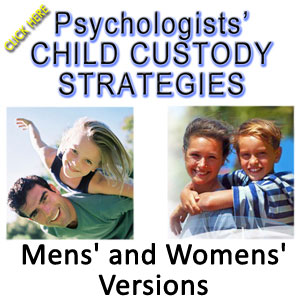Child Custody
How to get custody of your child
Child Custody
Child Custody

Let’s start with a quick bit of legalese before we get to the main part. Child custody and guardianship are legal terms used to describe relationships between a parent and child. Currently, the most often used terminology is “residence” and “visitation” rather than more traditional “custody” and “access”. Questions of residence and visitation most often come up in court cases involving divorce, annulment, or other proceedings which involve children.
Types of child custody
The first distinction to be made is between physical and legal custody.
Physical custody is practically synonymous to the term “residence”. It means that the parent has the right for the child to live with them and involves the day-to-day physical care of a child.
Legal custody covers the right and obligation to make decisions critical to the child’s upbringing, such as matters of education, medical and religion, to name a few.
The second distinction is between various forms of child custody. The two basic forms are joint and sole custody.
Joint custody is the “default” form of custody. If no court order is in effect, both parents are considered to have joint physical and legal custody of the child. If the parents are divorced or simply do not live together, it is still possible to have full joint custody with one of the following arrangements:

- Shared custody – the child spends a certain amount of time with one parent, then approximately equal time with the other parent. The period in question may be anything from a week to a year.
- Bird’s nest custody – the inverse of shared custody. The child stays in the family residence and parents periodically move in and out of this residence.
Sole custody means that the child stably resides with one parent, while the other may have the right to visit. Keep in mind that legal custody may still be joint even if physical custody is sole. Special arrangements of sole custody include:
- Alternating custody – similar to shared, except the parent the child currently resides with is considered to be the sole custodian.
- Split custody – if a couple has more than one child, one parent may have sole custody of some of the children, while the other has sole custody of the others.
If the child is under the custody of someone other than its biological parents, the situation is referred to as the third-party custody.
If you are currently facing child custody problems, you may visit Custody Center for professional help.
